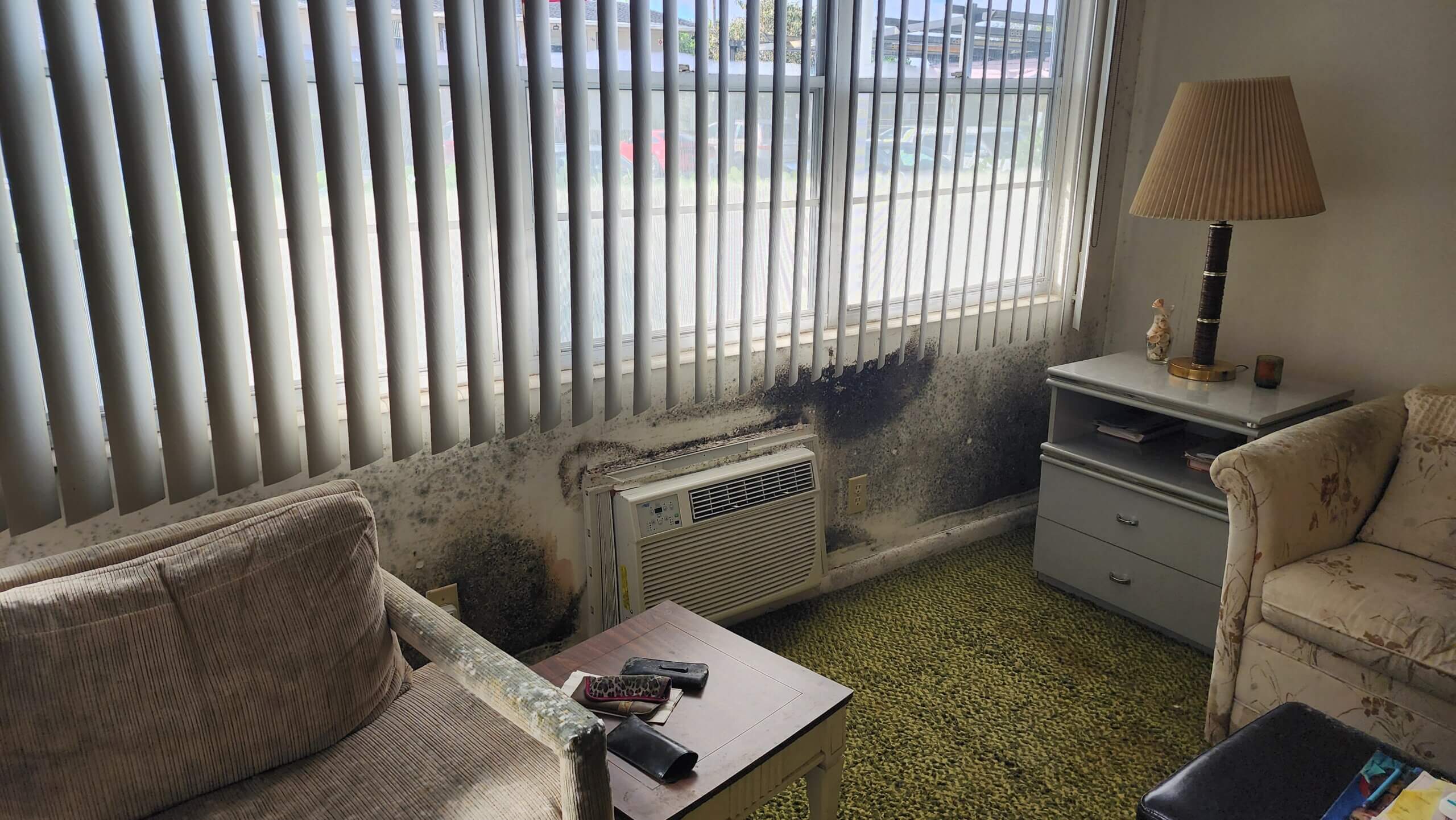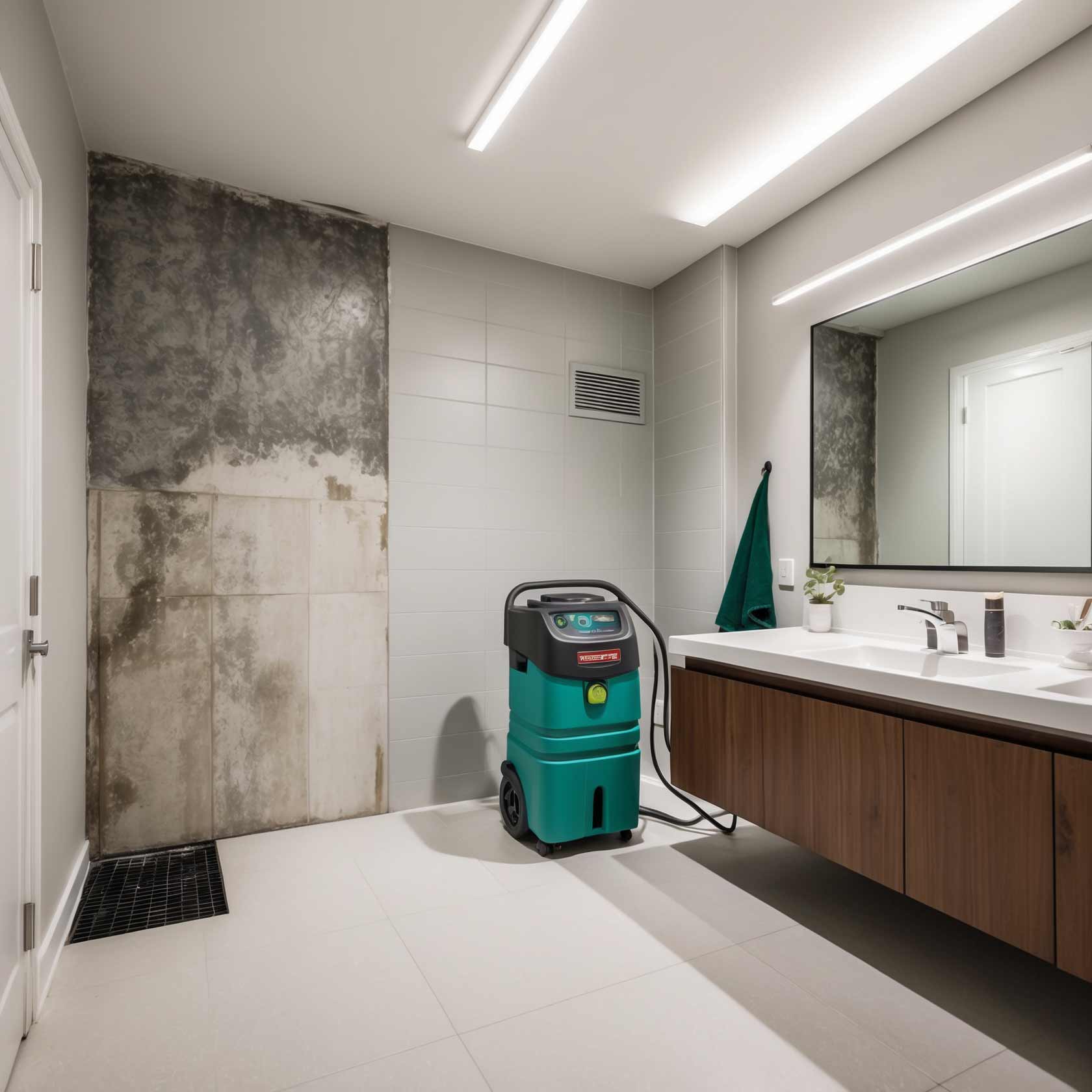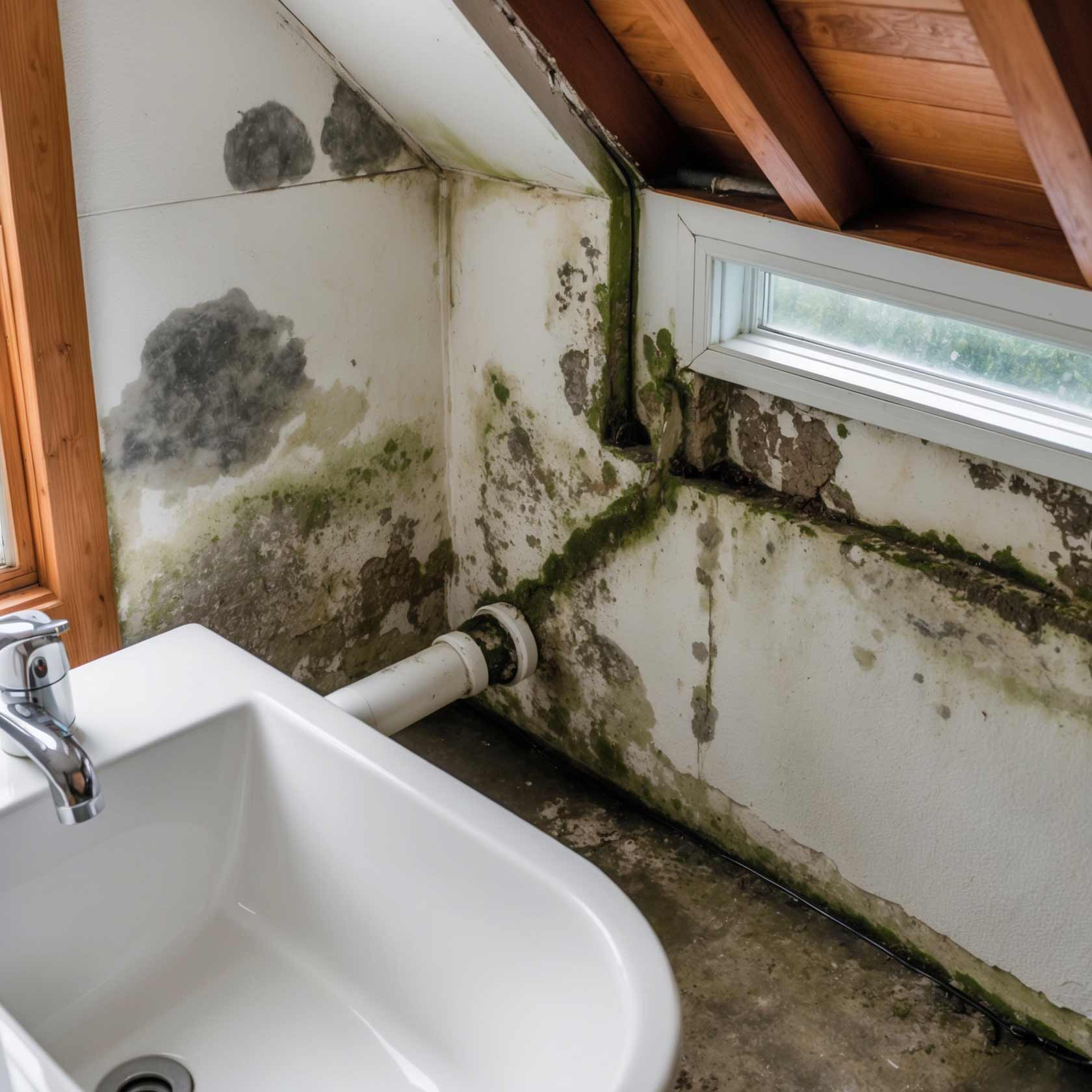Can I Remove Mold Myself?
Introduction
Mold is a persistent problem that many homeowners face. It can develop in damp areas of your home, leading to health issues and property damage. This begs the question: Can I Remove Mold Myself? The answer isn't straightforward, as it depends on various factors such as the extent of the mold growth, the type of mold, and your comfort level with DIY projects. In this article, we'll explore the ins and outs of mold removal, providing you with the knowledge needed to make an informed decision.
Understanding Mold: What Is It?
Mold is a type of fungi that thrives in warm, damp environments. It reproduces by releasing spores into the air, which can lead to respiratory problems and other health issues when inhaled.

Common Types of Mold Found Indoors
- Aspergillus: Commonly found in homes and can cause allergic reactions.
- Penicillium: Often found on damp surfaces and can produce mycotoxins.
- Stachybotrys Chartarum (Black Mold): Known for its health risks but requires specific conditions to grow.
Why You Should Care About Mold Removal
Ignoring mold growth can lead to serious health concerns and costly repairs. Prolonged exposure may result in:
- Allergic reactions
- Respiratory problems
- Skin irritation
The Importance of Quick Action
Taking immediate steps to address mold growth can minimize health risks and prevent further damage to your property.
Can I Remove Mold Myself?
Yes, you can remove mold yourself, but it’s crucial to evaluate whether you're equipped for the task.
When DIY Mold Removal Is Appropriate
If you have a small area affected (less than 10 square feet), it’s often safe to handle it yourself using appropriate methods and safety precautions.
Assessing Your Situation
Before diving into mold removal, assess:
Safety First: Precautions for DIY Mold Removal
Removing mold poses several risks—both health-related and safety-wise.
Protective Gear You Should Use
- N95 respirator mask
- Gloves (preferably rubber or nitrile)
- Goggles
Preparing Your Space
Ensure proper ventilation by opening windows or using exhaust fans. Seal off any areas not affected by mold to prevent spores from spreading.
Tools and Materials Needed for Effective Mold Removal
Having the right tools at hand will make your job easier.
Essential Cleaning Supplies
Additional Tools
- Plastic sheeting for containment
- Vacuum cleaner with HEPA filters
- Rags or towels
Step-by-Step Guide: How to Remove Mold Yourself
Now that you're geared up, let's take a look at how you can tackle this problem effectively.
Step 1: Identify the Source of Moisture
Before removing mold, find out what caused its growth—be it leaks, high humidity, or inadequate ventilation—and fix that issue first.
Step 2: Contain the Area
Use plastic sheeting to seal off the area where you're working, preventing spores from spreading throughout your home.
Step 3: Clean Affected Surfaces
Using a mixture of detergent and water—or vinegar—scrub lightly affected surfaces until clean. For stubborn spots, apply bleach mixed with water (1 cup bleach per gallon) if necessary.

Step 4: Dry Thoroughly
After cleaning, dry all surfaces completely since moisture encourages further mold growth.
When Is Professional Help Required?
While DIY methods are effective for small areas, larger infestations may require professional intervention.
Signs You Need Professionals
Cost Comparison: DIY vs Professional Mold Removal
Understanding cost implications helps in making decisions about your approach to dealing with mold growth.
| Cost Item | DIY Approach | mold cleaning services Professional Help | |-------------------------|--------------------|---------------------| | Cleaning Supplies | $50-$100 | N/A | | Labor | Free | $500-$2,000 | | Equipment Rental | $50-$150 | N/A | | Total Estimated Cost | $100-$250 | $500-$2,000 |
Pros and Cons of Each Approach
DIY Pros:
- Cost-effective.
- Control over process.
DIY Cons:
- Time-consuming.
- Potential health risks without proper precautions.
Professional Pros:
- Expertise ensures thorough removal.
Professional Cons:
- Higher costs involved.
FAQs About DIY Mold Removal
FAQ 1: What types of surfaces can I clean?
You can clean non-porous surfaces like tiles or glass easily; however, porous materials like drywall may require replacement if heavily infested.
FAQ 2: How do I know if I've removed all the mold?
Check for lingering musty odors; no smell typically indicates successful removal.
FAQ 3: Can I use just bleach for cleaning?
While bleach is effective on non-porous surfaces, it doesn't penetrate porous materials well; consider using detergent instead for those areas.
FAQ 4: Is there any risk in removing mold myself?
Yes! Without safety gear or proper containment methods, you risk inhaling spores that could lead to serious health issues.
FAQ 5: How long does it take for mold to reappear after cleaning?
If moisture isn’t adequately addressed after cleaning, it's possible for mold to return within weeks or months depending on conditions like humidity levels.
FAQ 6: Are there natural alternatives for cleaning mold?
Yes! Vinegar is often touted as an effective natural cleaner against mild cases of mold due to its acidity which kills many types of fungi.

Conclusion
The question "Can I Remove Mold Myself?" doesn’t have a one-size-fits-all answer—it largely depends on various factors including severity and personal comfort levels with tackling home improvement tasks. While minor infestations can be managed through careful cleaning and preventative measures, larger outbreaks may necessitate professional expertise due their complexity involving potential safety hazards associated with exposure during remediation efforts. Always prioritize your safety first while ensuring any approach taken effectively addresses both visible signs plus underlying causes behind persistent moisture issues leading up towards future occurrences down line!
In summary: